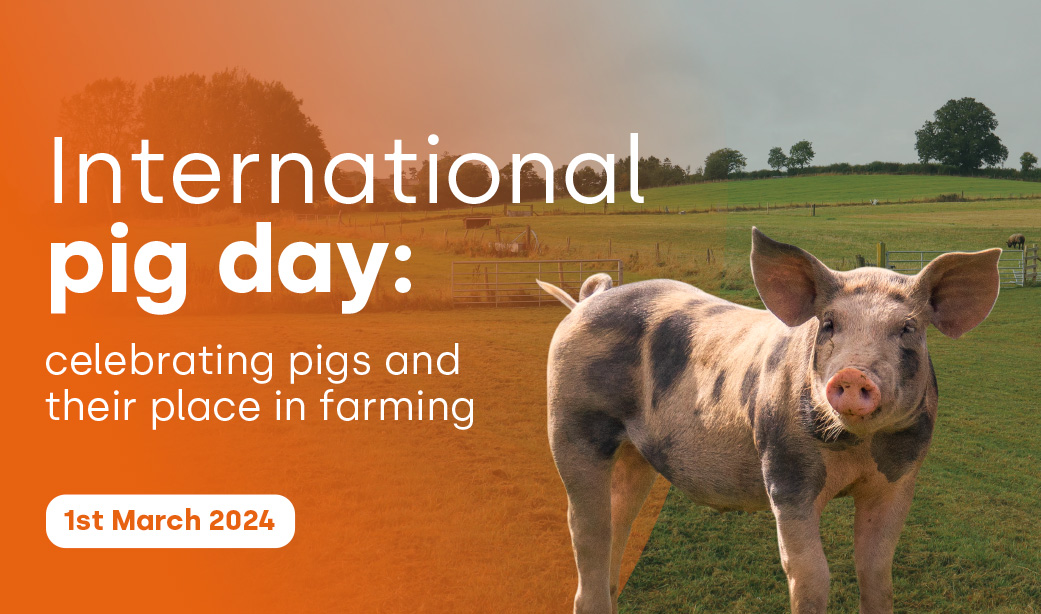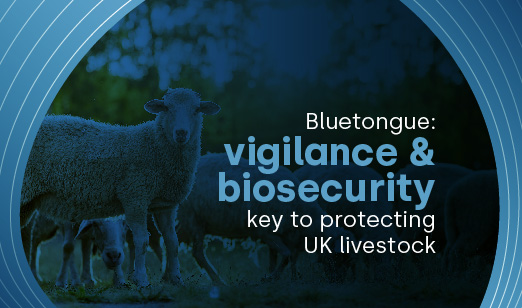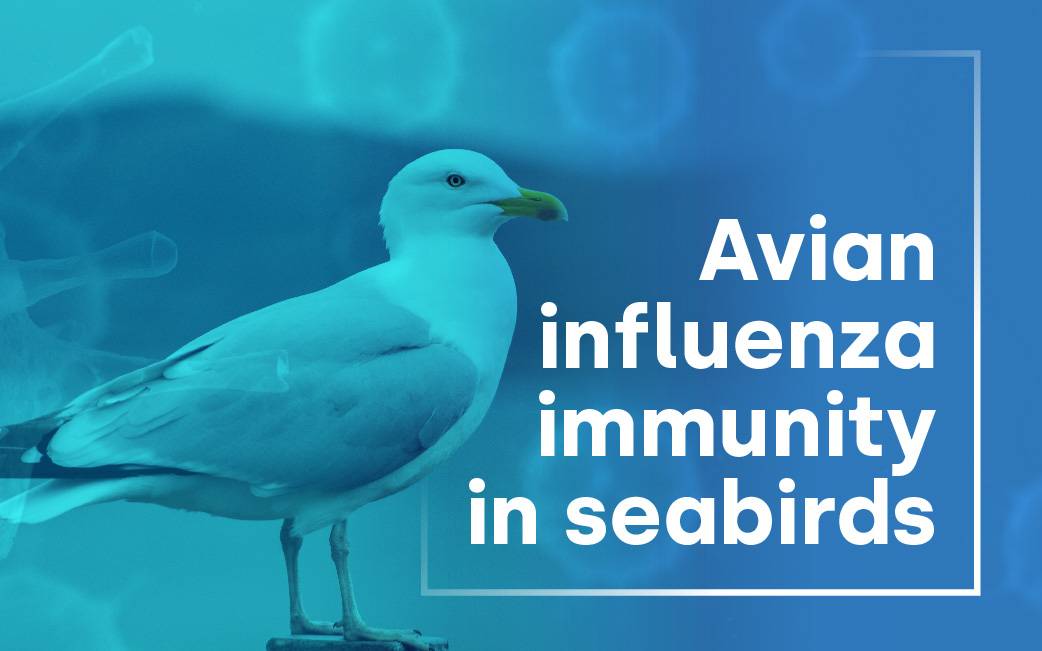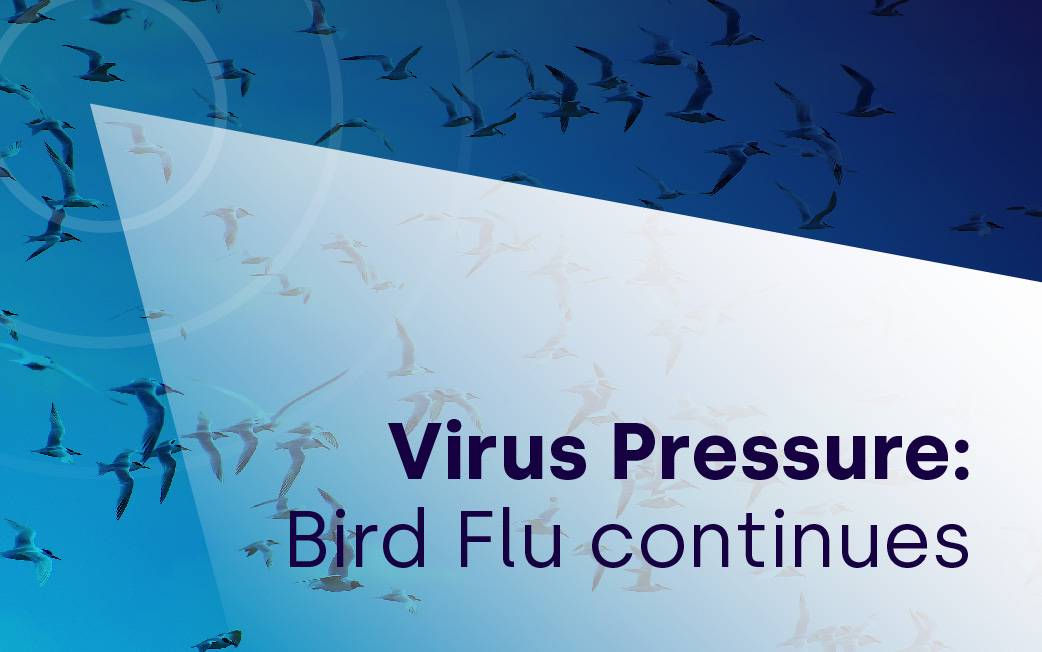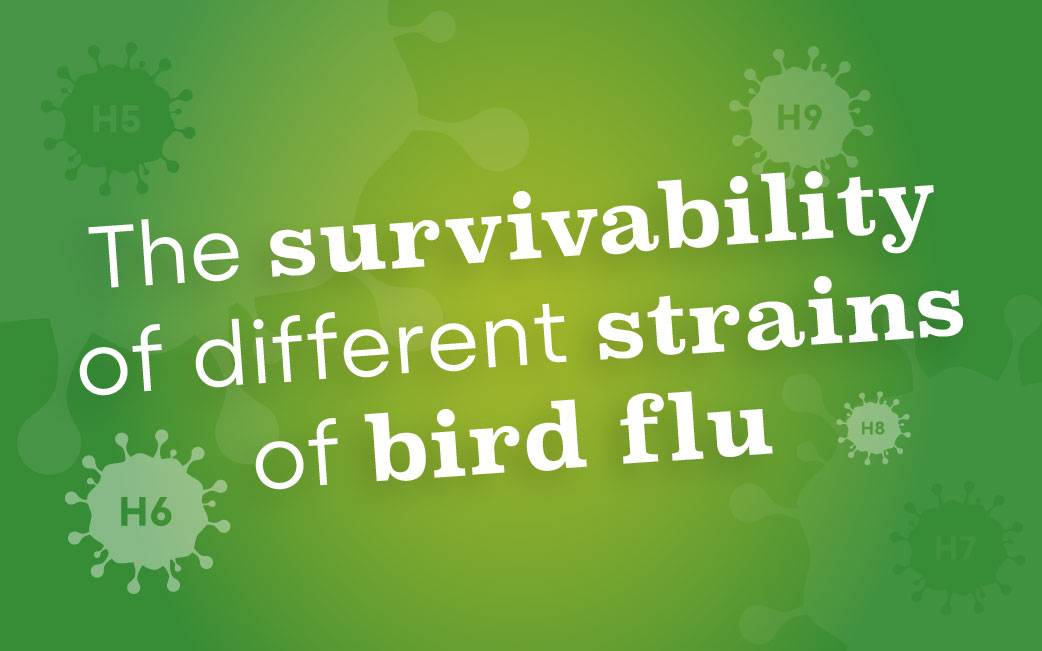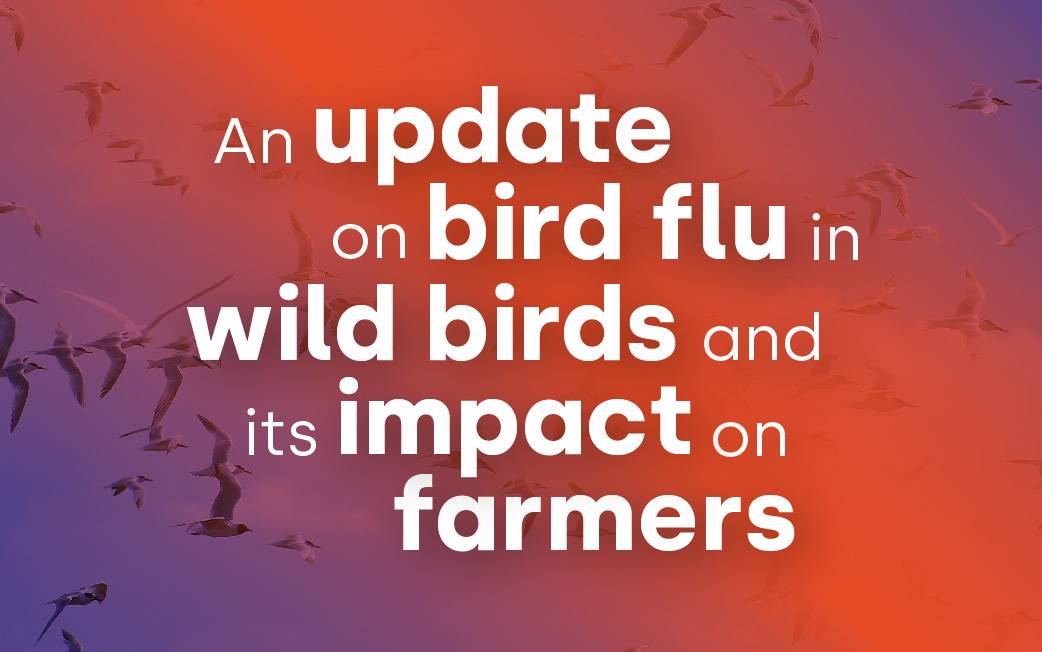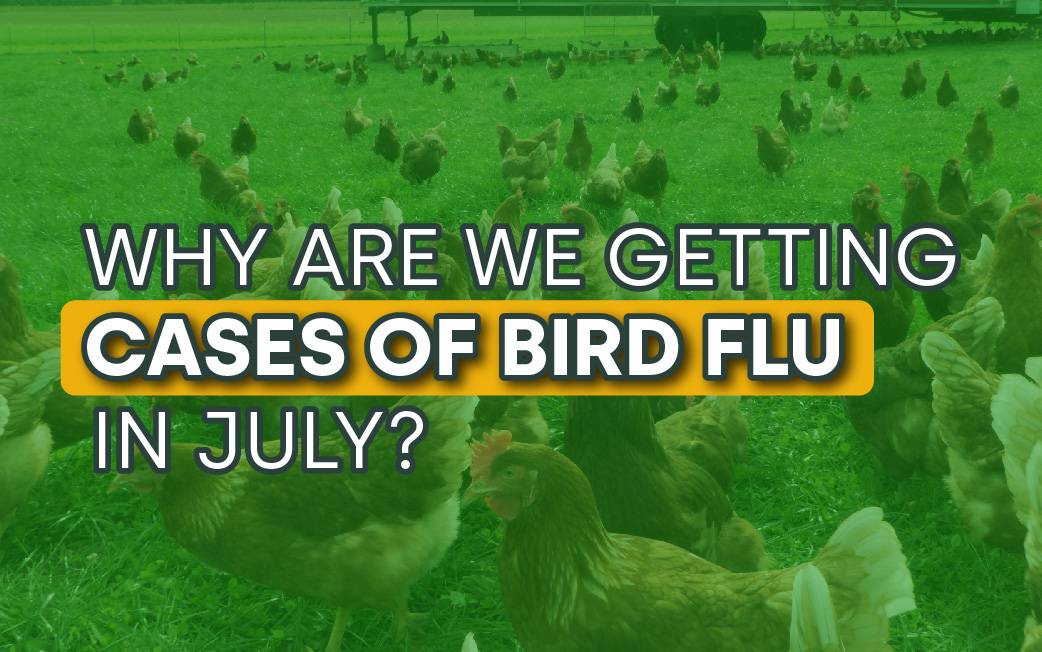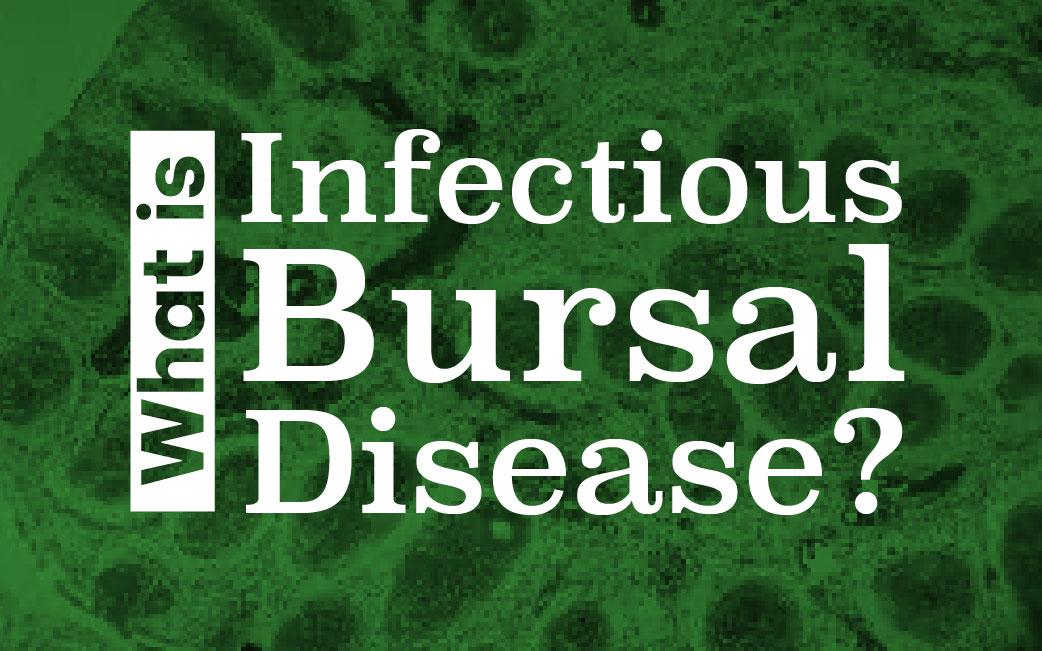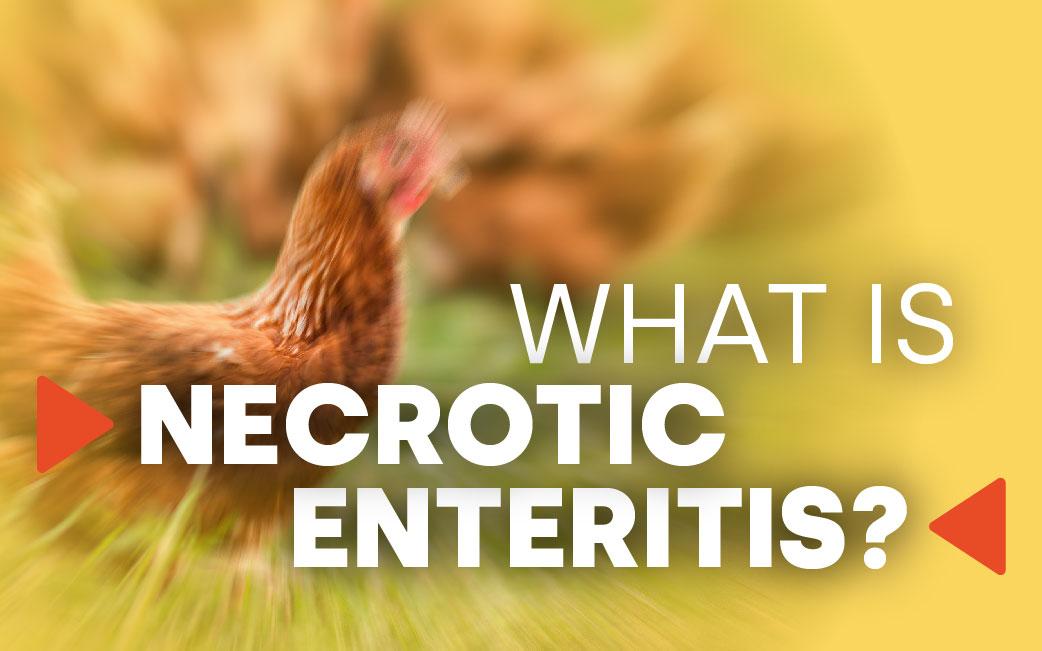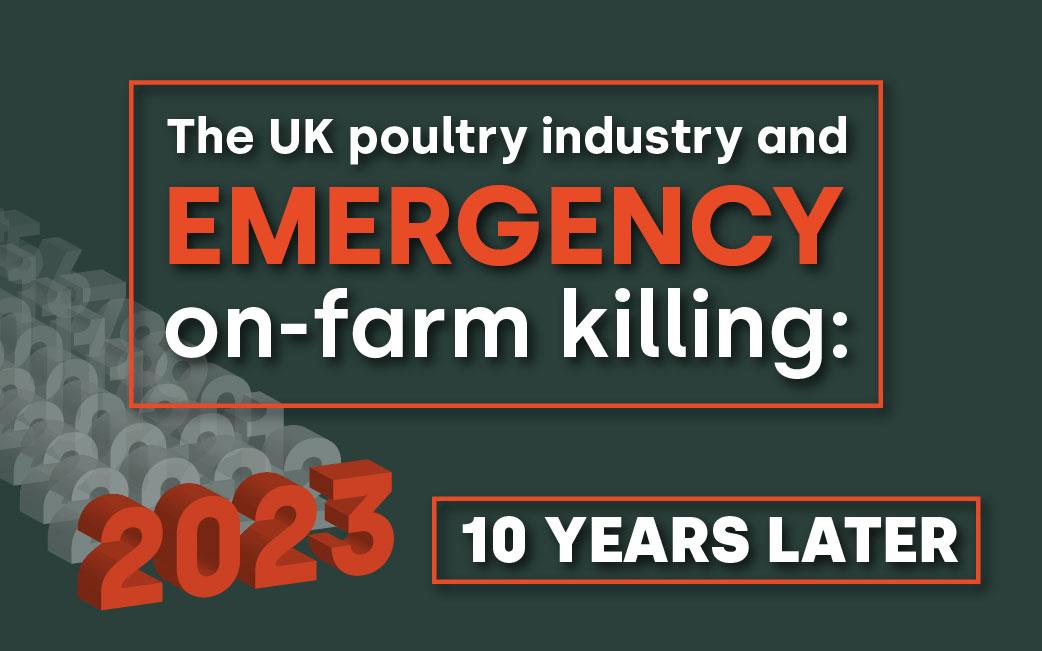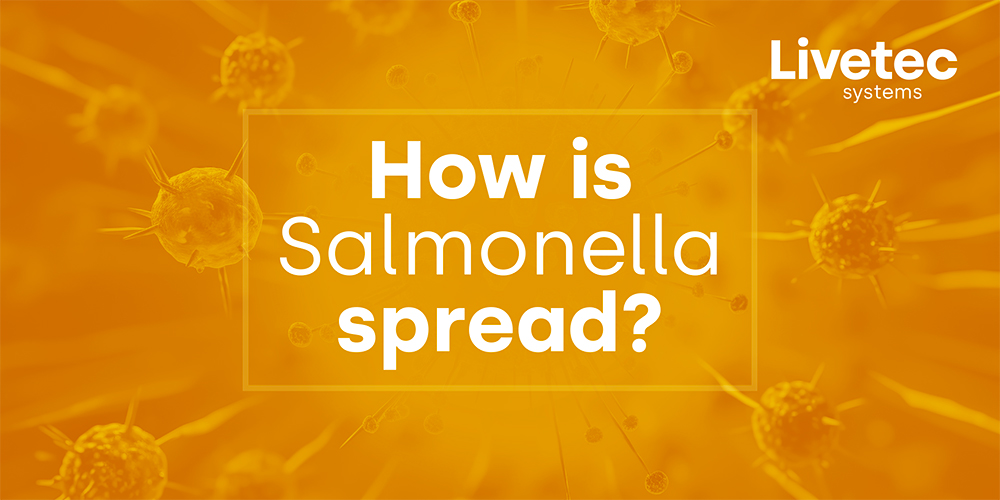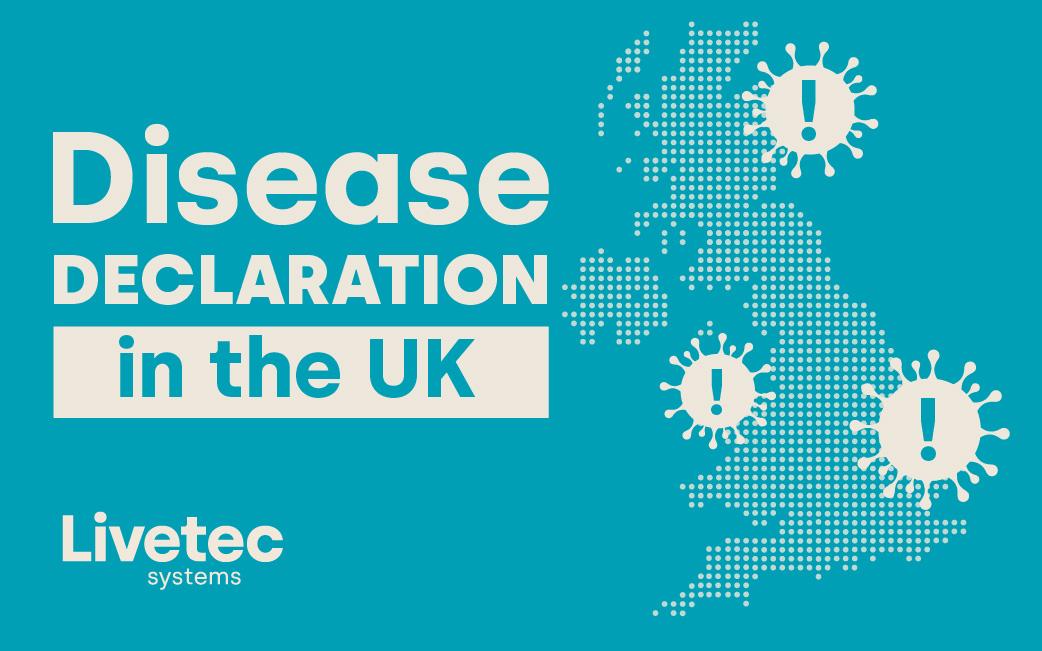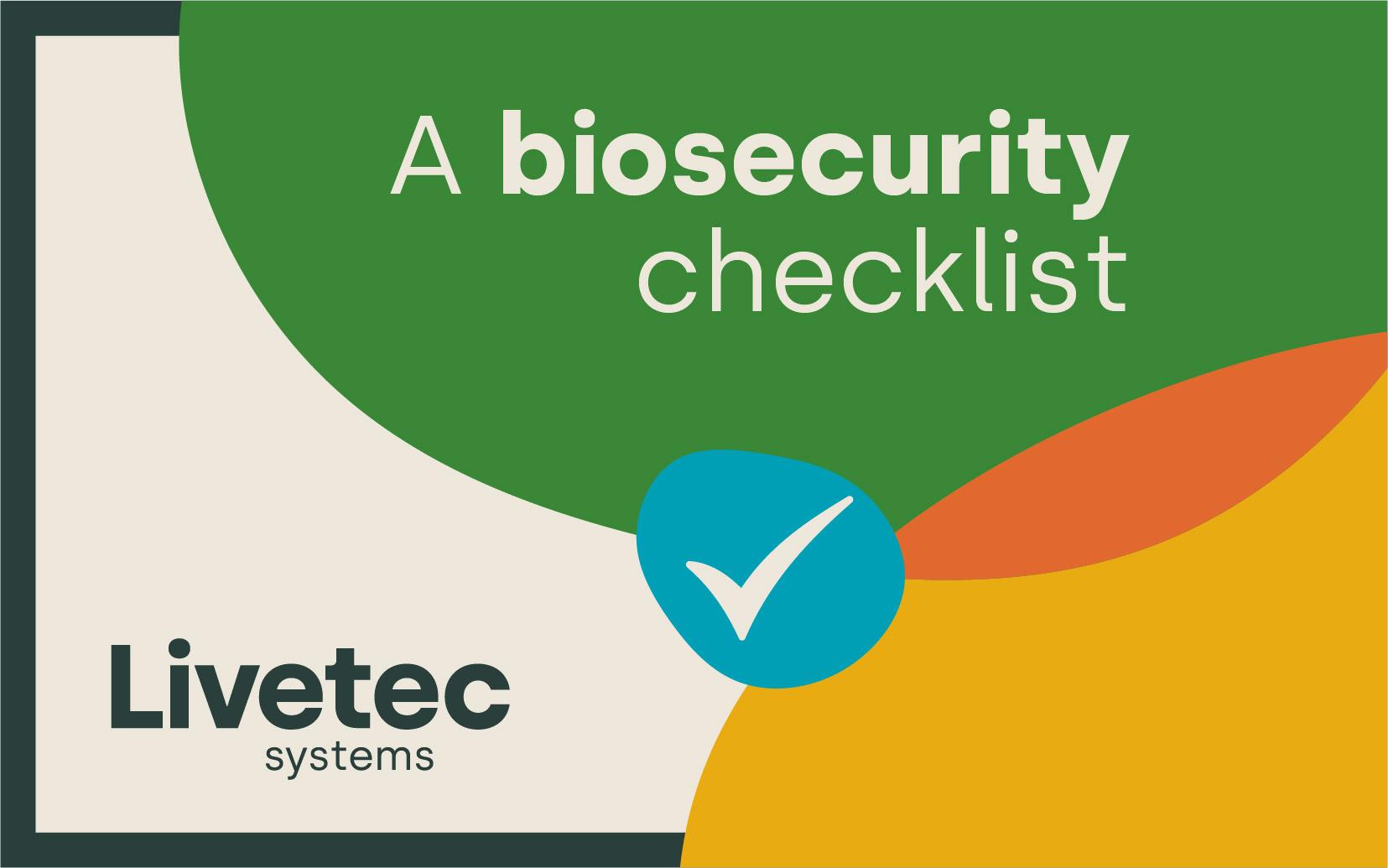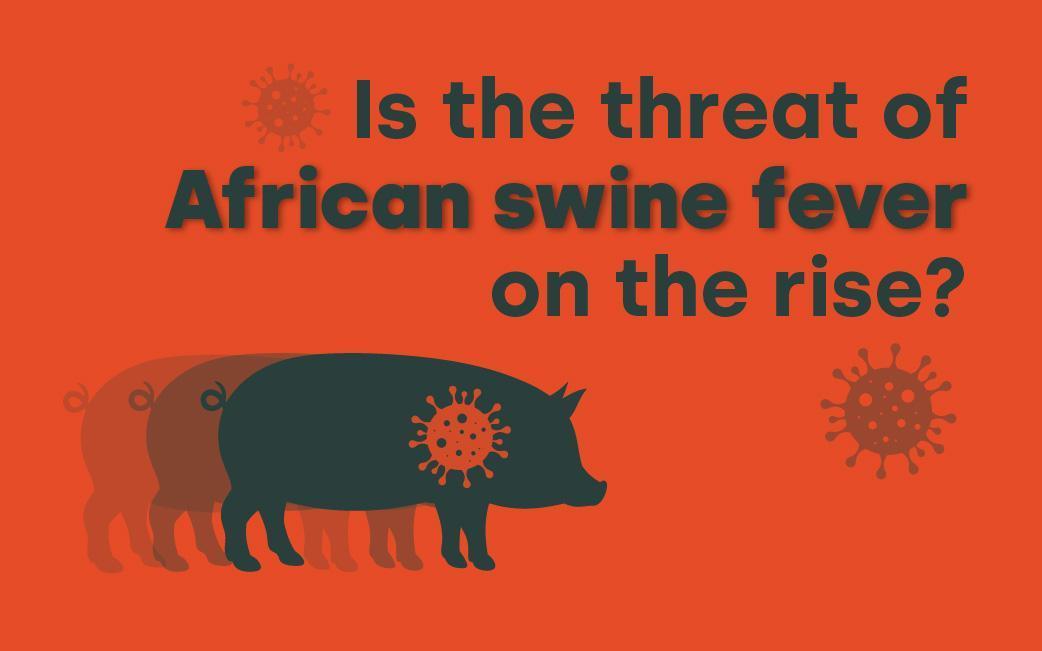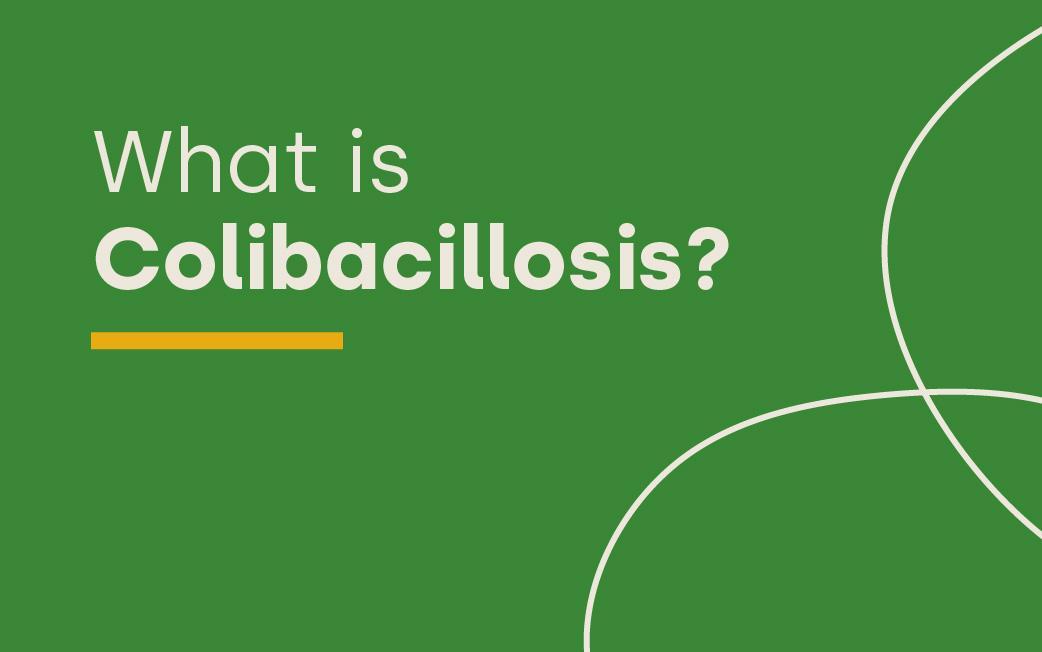What is Fowl Typhoid?
Fowl Typhoid is a disease that primarily affects chickens and turkeys, with older chickens being particularly susceptible, and is caused by Salmonella enterica Gallinarum. It can also affect other birds like quails, pheasants, ducks, peacocks and guinea fowl.
It is spread vertically by infected breeders through their eggs and horizontally through droppings, dead carcasses, clothing, equipment and other fomites. It has a high morbidity rate and the mortality rate can range from 25-60%.
Cause
Fowl Typhoid is a more acute septicaemic disease caused by the bacterium Salmonella enterica Gallinarum and is highly contagious. It mainly affects mature birds and can be spread rapidly, especially in tightly packed houses.
Transmission
The disease can be passed on vertically by infected breeder hens through their eggs with the chicks spreading it even further through their droppings. However, it is mainly a disease of mature chickens and is passed on horizontally bird to bird through eating infected carcasses, faeces, and fomites like clothes, boots, equipment and utensils. With a mortality rate of up to 60% it can have a damaging impact on a poultry farmer’s finances.
Clinical signs
Clinical signs vary depending on the age. Chicks could be dying or even dead. Younger birds will present weakness, a reduced appetite, with low growth and increased mortality. While mature chickens will show signs of depression, along with diarrhoea, dehydration, ruffled feathers, pale shrunken combs and a reduction in egg production. The mortality rate can be as much as 60%.
Diagnosis
Blood testing by the serum plate or tube agglutination test will detect the infection in breeders. Diagnosis can be confirmed with a post-mortem examination by isolation and identification of the bacterium. Enlarged, congested liver, spleen and kidneys can be observed in mature birds and there may also be atrophic ovarian follicles.
Treatment and Control
Ideally livestock should be purchased from disease-free flocks. A vaccine can control the disease and should be administered from about six to eight weeks of age with a booster between 14-16 weeks. Treatment with antibiotics may reduce clinical signs but won’t cure the disease. Monitoring breeder hens via a standard blood test, then culling infected birds, is the preferred way to control and eradicate the disease.
Robust biosecurity protocols are crucial in preventing the spread of disease. Strict hygiene measures like cleaning out droppings and disinfecting hatcheries, boots, clothing, equipment and utensils all play a vital role in safeguarding flocks and livelihoods.
Livetec are the leaders in biosecurity
Livetec offers a unique Biosecurity Advisory Service, backed by years of on-farm experience and evidence based research. With this robust service, one of our experts conducts an on-site review of your operations and advises you on implementing the most effective biosecurity measures.
To find out more about how our services can help you, click here.














